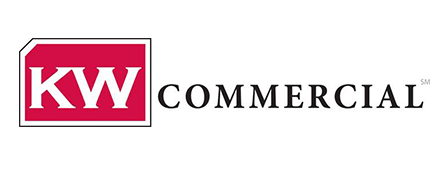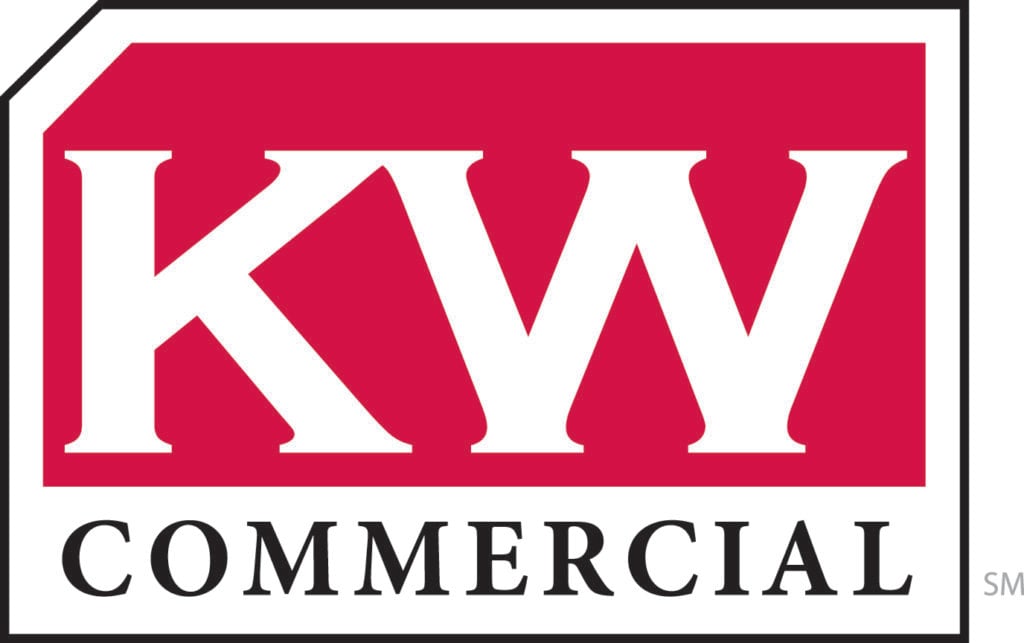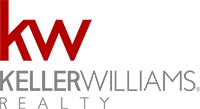Key Indicators Point to Stability in Office Sector

The uncertainty for the long-term health of the office sector appears to be giving way to stability, thanks to a steady vacancy rate, reduced subleasing space, and increasing absorption in 3Q2021, according to a recent report by Colliers.
Office vacancy in the U.S. ticked up to 14.9 percent in 3Q2021, but that figure is just a 0.1 percent increase from the second quarter. Vacancy jumped 3.2 percent from 1Q2020 through 1Q2021, suggesting the market has reached a peak, which remains below the 16.3 percent figure from the Great Recession.
Absorption topped 3.2 million sf in 3Q2021, with 56 percent of markets representing positive absorption. Asking rents are another source of optimism. Downtown Class A rents averaged $51.08/sf, a decrease of 0.6 percent from 2Q2021 but a year-over-year uptick of 0.4 percent. Suburban Class A rents remained unchanged from the previous quarter at $33.58/sf, a 5.1 percent jump from 3Q2020.
Survey Shows Land Prices Continuing to Climb

Farmland has been a hot commodity in the past few years, with the average price per acre jumping 7 percent in 2021 to $3,380, according to the National Agricultural Statistics Service. But a recent survey from Farm Progress shows that the market is significantly more competitive in highly desirable areas like the Midwest and Great Lakes states. More than 60 percent of respondents said they have paid between $7,000 and $10,000 per acre of farmland, with another 20 percent shelling out $10,001 to $13,000 per acre. The final quintile of respondents said they have paid more than $13,000 per acre, with some transactions in Iowa topping $20,000.
While these dollar amounts are certainly raising eyebrows, the value of farmland across the country remains as varied as expected, with average sale prices in locations like New Mexico and Wyoming staying under $1,000 per acre. Still, all 50 states reported increasing prices in August 2021, according to the NASS.
Better Than Ever? Retail Continues to Rebound

While those in retail real estate may still feel a bit unsettled as we approach two years after the onset of the COVID-19 pandemic, market fundamentals are pointing to a strong recovery for the sector. According to data from JLL, retail foot traffic in November 2021 was up 3.9 percent compared to November 2019. Sales rose to $627.5 billion, up 30.6 percent from monthly figures at the start of the pandemic. Additionally, bankruptcies have hit a five-year low, with openings to overtake closures for the first time since 2016.
JLL’s retail report showed strong regional differences in rent growth, with Sunbelt metro areas outperforming West Coast, Midwest, and Northeast locations. Atlanta (7.5 percent), Las Vegas (7.4 percent), and Tampa (6 percent) had the highest increases in retail rents. San Francisco (-5.5 percent), Boston (-4.1 percent), and Los Angeles (-0.5 percent) were the three cities that saw rents decline.
Investors Return to Hospitality as Leisure Travel Rebounds

Midway through 2021, leisure travel in the U.S. picked up in a major way, with foot traffic at airports nearing 80 percent of 2019 levels and average daily rates at hotels topping pre-COVID-19 figures by 6 percent, according to a report by Marcus & Millichap. But hospitality will continue to be a bifurcated CRE sector into 2022 with business and convention traffic continuing to lag. Vacation-friendly locations like the Florida Keys and Colorado Springs, for example, could be primed for a strong year ahead, while urban markets dependent on business travel could continue to struggle.
Investment activity in hospitality looks to be regaining strength. The average sale price per room in the 12 months ending in 3Q2021 was $94,000, an increase of 3 percent compared to 2020. The average cap rate in that same time was 8.6 percent, down from 9 percent in 2020.
Vacancies Decline, Rents Jump in Strong Multifamily Market

Occupancy in multifamily properties hit a record high of 97.1 percent in the fall of 2021, according to a report from Lee & Associates. Considering the clear demand, rents also realized a 10.3 percent year-over-year growth across the country, with Phoenix, Las Vegas, and Tampa, Fla., reporting increases above 20 percent. Smaller markets like Boise, Idaho, and Naples, Fla., also had increases north of 20 percent.
Investment activity continues to be robust in the market sector, with sales topping 92 billion through August 2021. According to the report, multifamily properties have increased an average of 13 percent since before the pandemic. The researchers suspect that the rental market has been strongly supported by millions of people who have been priced out of the housing market, which has seen significant year-over-year price increases in the wake of the pandemic.
Will Washington Become a Mixed-Use City?

Considering the changes in daily life for residents of Washington, D.C., mixed-use neighborhoods could grow as more people live, work, eat, and relax in a smaller geographic area than before COVID-19, according to “Is Mixed-Use the Future of Downtown D.C.?” a new report from the D.C. Policy Center.
“One expectation (or hope) is that central business districts will slowly change into mixed-use neighborhoods with a greater number of residents, increasing the amount of economic activity,” writes Bailey McConnell, the report’s lead author.
With 75 percent of downtown real estate dedicated to office, this area was especially vulnerable during lockdowns and quarantine. But a relatively resilient multifamily market, according to the report, shows people still want to live in the city. One solution could be converting unused office space to residential use, which would diversify the downtown area.
Supply Chain Disruptions Open Door for 3 Emerging Markets

Three key North American markets are primed for growth given the current demand for industrial CRE, according to a recent report from CBRE.
Greenville-Spartanburg, S.C.: Centrally located between Atlanta and Charlotte, N.C., this market is a near-ideal spot for distribution space. The Port of Charleston, S.C., allows for overnight service to regional distribution centers.
Louisville, Ky.: Having UPS Worldport, the global shipping and receiving company’s biggest package-handling facilities, is reason enough to keep an eye on Louisville. But the market also has a population of nearly 30 million within 250 miles, along with five major auto assembly plants within 120 miles.
Monterrey, Mexico: Monterrey also accounted for more than half (52 percent) of all industrial absorption in Mexico in 2020.
Life Sciences Lead Booming Health Care CRE Market

The health care sector has seen huge investments in R&D, job growth, demand for lab space, and new construction starts. Looking at the Boston area alone, total lab inventory has more than doubled in the past three years, from just over 20 msf in 3Q2018 to more than 42 msf in 3Q2021, according to recent reporting from CBRE.
Laboratory and R&D facilities have seen vacancy rates drop to 4.9 percent nationally in 3Q2021, with major markets like San Francisco (2.6 percent), New York (1.1 percent), and Boston (1.1 percent) seeing near full capacity. Cap rates for R&D and lab space have been steadily declining for the past decade, finally dropping below 6 percent in 3Q2021 from 7.7 percent in 3Q2012. To meet such demand, some medical office buildings are being sold for conversion to R&D/lab sites, including a more than $250 million deal for Shady Grove Biotech Park in Maryland.




